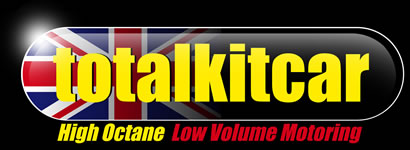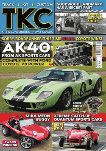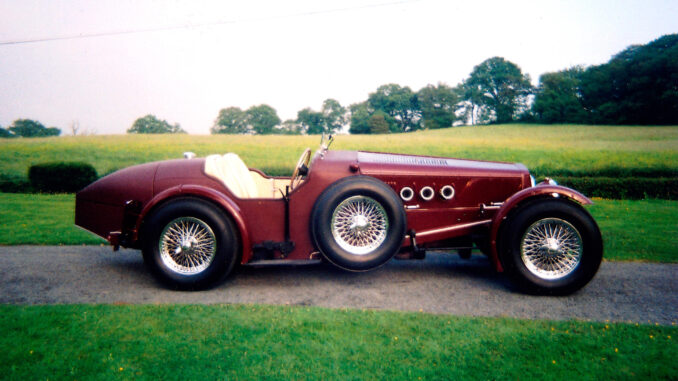
The Dunsmore was a wonderful creation, from Stretton-on-Dunsmore, Warwickshire-based Dunsmore Motor Traction and was evocative of traditional thirties roadsters, although all were different and none was a replica of anything, although the burgundy-coloured car here does have an Alfa Romeo Monza look about it.
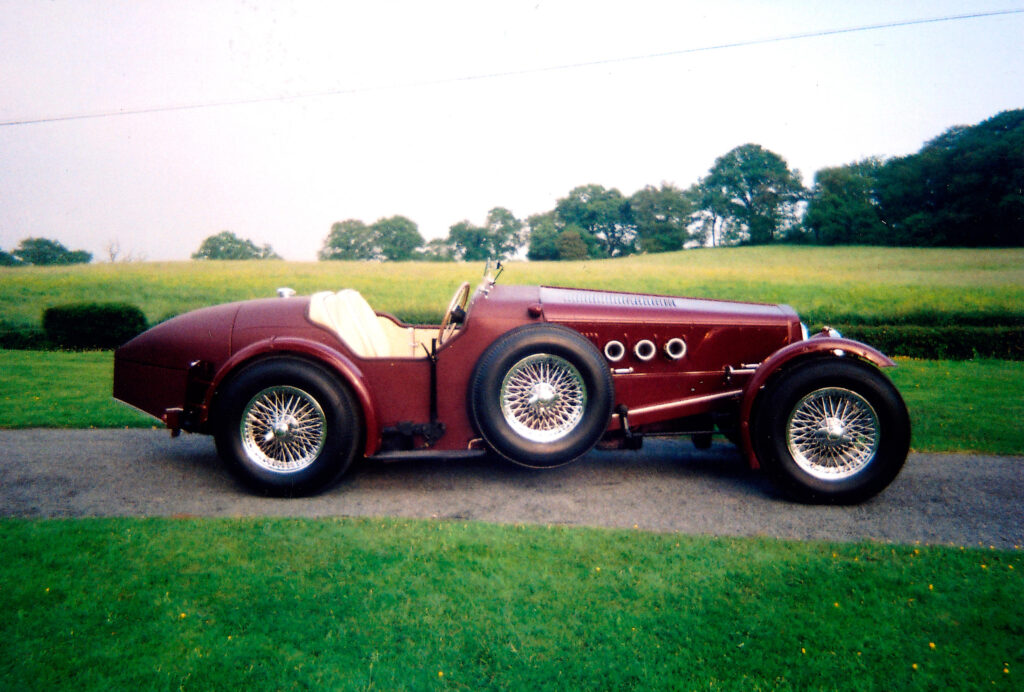
The man behind the marque was a lovely chap called JT ‘Bill’ Hines, who was assisted by his then (1986) 70-year old assistant, ‘Bunny’, who was a gifted welder and metal fabricator.
Bill had set up his garage business in 1959 in a collection of sheds behind his bungalow that he called Deep Meadow Works, located on London Road, Stretton-on-Dunsmore.
He had built a couple of specials that he christened Dunsmore, with the Mk1, a two-seater, featuring a Vauxhall VX4/90 2.3-litre unit, that Bill was never really happy with.
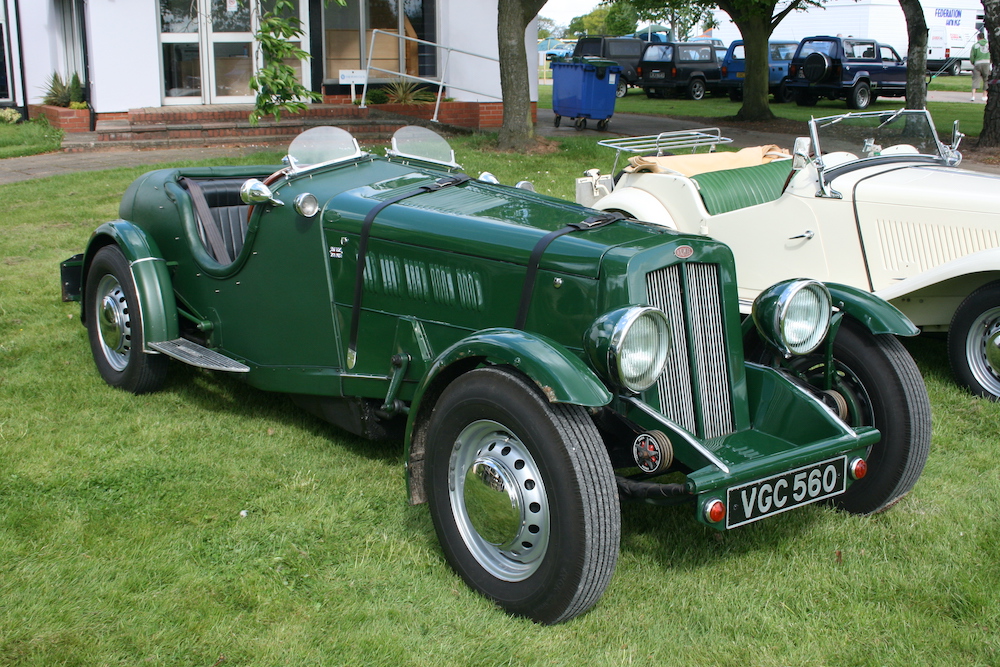
The MkII was based on Vauxhall Ventora using its 3.3-litre engine, four-speed gearbox and rear axle. This was more to Bill’s liking and when he got to the MkIII stage in 1987 he was ready to offer customers ‘replicas’ of his car.
However, that is slightly misleading because Bill would tailor the car to the customer’s requirements although he refused to produce replicas of other cars.
He was a real character – as was Bunny who usually wore Plus Twos – and had set ideas on classic cars and particularly most other traditionally-styled specials of the day. For a start, he hated exposed independent rear suspension on classic-type cars preferring to use beam axles at the front usually sourced from Sherpa or Morris JU 250U.
Both axles were located by torque arms and had stub axles welded on. Leaf springs were usually Morris half elliptic gaitered items
At the rear he liked a humble live axle and the hugely substantial chassis was underslung at the rear and swept up and over the front axle, to give the vintage look he was after. Dampers varied depending on what style of body the customer wanted but most Dunsmore MkIIIs had Andre Hartford friction-type dampers at the front end.
That chassis was pretty rudimentary but superbly built. It featured box-section side rails which were cross-braced in a ladder-type configuration. Extra rigidity was gained from separate frames used to stiffen areas such as seats, scuttle and body sides. Steel sheet was used on cockpit footwells and scuttle, while the exterior steel sheet was usually clad in vinyl. Usually the only GRP in evidence on a Dunsmore was on the bootlid although some had GRP radiator surrounds.
Up at the front end, Bill often used tractor radiators and Bunny fabricated a work-of-art 18-gallon steel fuel tank. Brakes were non-servo 10in drums while he liked a Ford Transit steering column, with a cam and peg rack. The vast steering wheel was always string-bound.
Bill used a selection of components, very often from Jaguar XJ6 and engine choice was wide and varied but very often Bill’s favoured Vauxhall straight sixes, Rover V8, Rolls-Royce 4-litre units from Vanden Plas Princess 4-litre or Jaguar XK 4.2-litre.
Bill had motoring in veins as father, Jack, had worked at Riley in Coventry in the twenties and used to travel from Marble Arch in London every morning, although he was a non-driver and would have to hitch-hike! Quite a commute by today’s standards, let alone way back then …
I drove a couple of Dunsmores. The most memorable being when Bill and Bunny turned up unannounced on the Friday press day for the Kit Car Action Day at Castle Combe in September 1986 and caused an absolute sensation with their vintage-looking 15ft leviathan.
Totally un-suited to racetrack use, it was nevertheless a marvel. I’ve never forgotten the torque of the big Vauxhall six and you could leave it in top gear all the way around the circuit, while twirling away on the huge steering wheel. A beautful thing, indeed.
I think Bill produced maybe sixteen Dunsmores before he packed up in the mid-nineties. A strange fact is that quite a few of those sold were built by garage proprietors. I love going to the National Kit Car Show each year and seeing a selection of surviving Dunsmores all parked together on the owner’s club stand. All are different. All are magnificent, as far as I am concerned. I think it’s great that Bill’s (and Bunny’s!) legacy lives on.
In 1986 fully built prices started at just £7500, with body/chassis kits from £2470 although if you wanted them panelled inside and vinyl applied to the exterior that price rose to £3562.
Don’t forget. Look out for the Dunsmores outside at Malvern!
